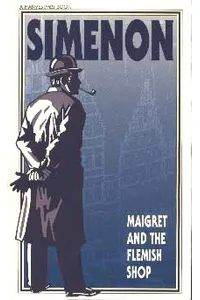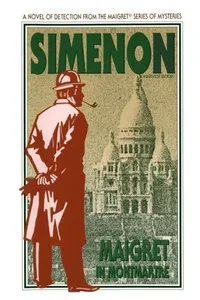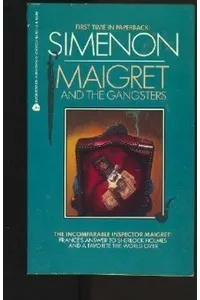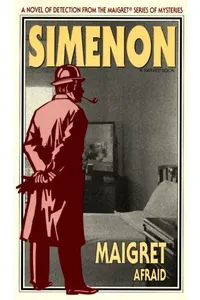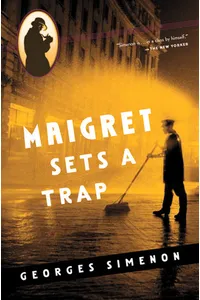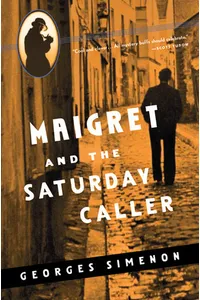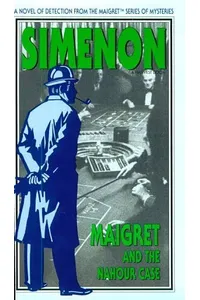Step into the smoky, rain-soaked streets of Paris, where Inspector Jules Maigret, the pipe-smoking detective with a heart as big as his intuition, unravels the mysteries of human nature. Created by Georges Simenon, the Maigret series spans over 70 novels and countless short stories, blending gritty crime drama with psychological depth. With his knack for understanding the 'why' behind crimes, Maigret isn’t just a detective—he’s a timeless explorer of the human soul.
Unlike flashy sleuths who rely on gadgets or theatrics, Maigret’s charm lies in his quiet empathy and dogged patience. From seedy bars to elegant mansions, his investigations reveal the complexities of 20th-century France, making this series a must-read for fans of classic detective fiction.
How Inspector Maigret Began
In 1931, Belgian author Georges Simenon introduced Jules Maigret in Pietr the Latvian, launching a literary phenomenon. Inspired by his own experiences as a journalist and his fascination with human behavior, Simenon crafted Maigret as a grounded, relatable figure—a stark contrast to the era’s larger-than-life detectives like Sherlock Holmes. Writing at a breakneck pace, Simenon reportedly churned out novels in days, yet his vivid settings and nuanced characters feel meticulously crafted.
Simenon’s goal was to explore the psychological undercurrents of crime, and Maigret became his perfect vessel. The series’ Parisian backdrop, drawn from Simenon’s intimate knowledge of the city, grounded the stories in a tangible, atmospheric reality that captivated readers worldwide.
The Heart of Inspector Maigret
The Maigret series boasts gems like The Carter of La Providence (1931), where Maigret investigates a murder along a canal, uncovering a web of jealousy and betrayal. In Maigret and the Enigmatic Lett (1963), a seemingly trivial letter leads to a high-stakes case of deception. The Friend of Madame Maigret (1950) sees Maigret’s wife unwittingly drawn into a case involving a missing child, blending personal and professional stakes. Finally, Maigret’s Revolver (1956) follows the inspector as he tracks a stolen weapon linked to a desperate young man.
Themes of empathy, morality, and the gray areas of justice define the series. Maigret doesn’t just solve crimes; he digs into the motives—poverty, passion, or despair—that drive them. Simenon’s minimalist prose paints vivid scenes, from foggy quays to bustling bistros, while Maigret’s methodical approach—often involving long walks or a pint at a café—grounds the stories in a distinctly human pace. The Parisian setting, alive with its class divides and cultural quirks, becomes a character in itself.
Unlike formulaic whodunits, the series leans into psychological realism. Maigret’s cases often end with bittersweet resolutions, reflecting life’s messy truths. This blend of accessibility and depth makes the books timeless, appealing to both casual readers and literary enthusiasts.
Why Inspector Maigret Resonates
The Maigret series reshaped detective fiction by prioritizing character over plot twists, influencing later authors like Patricia Highsmith and John le Carré. Its global appeal—translated into dozens of languages—stems from Maigret’s universal humanity. Fans adore his quiet strength and moral compass, while adaptations, including TV series and films, have brought his world to new audiences.
Today, Maigret remains a cultural touchstone, with reprints and Penguin Classics editions introducing new readers to his legacy. His ability to connect with both criminals and victims makes him a detective for the ages, proving that understanding, not just evidence, solves the toughest cases.
- First Published: 1931
- Total Books: 75 novels, 28 short stories
- Setting: Primarily Paris, with occasional international locales
- Notable Adaptations: BBC series (2016–2018), French films
Dust off Pietr the Latvian and dive into Inspector Maigret’s world of mystery, morality, and masterful storytelling. Paris is waiting!













